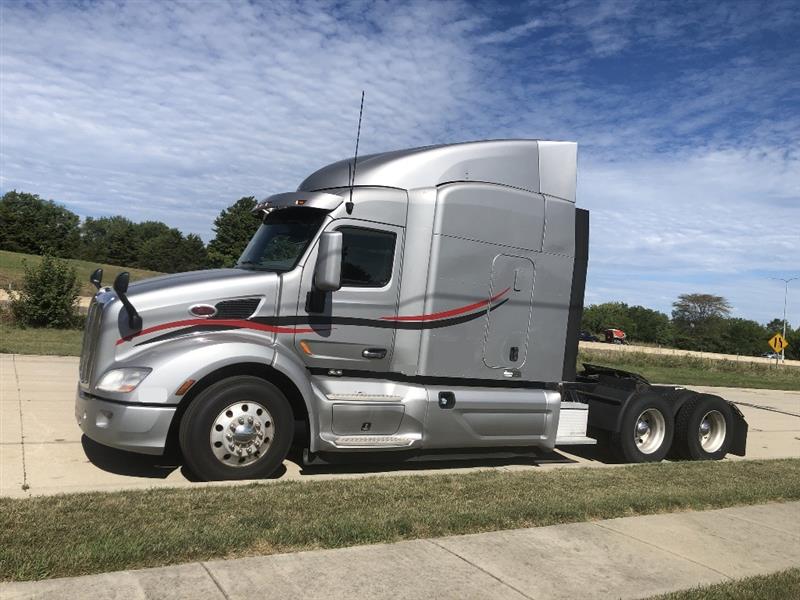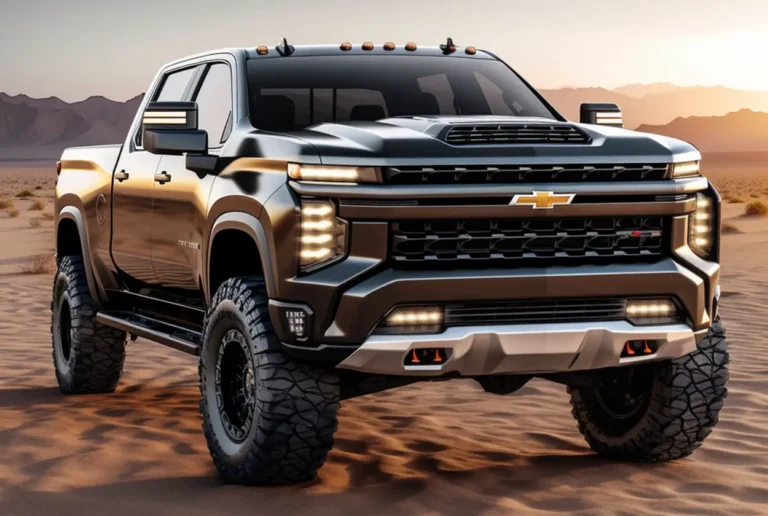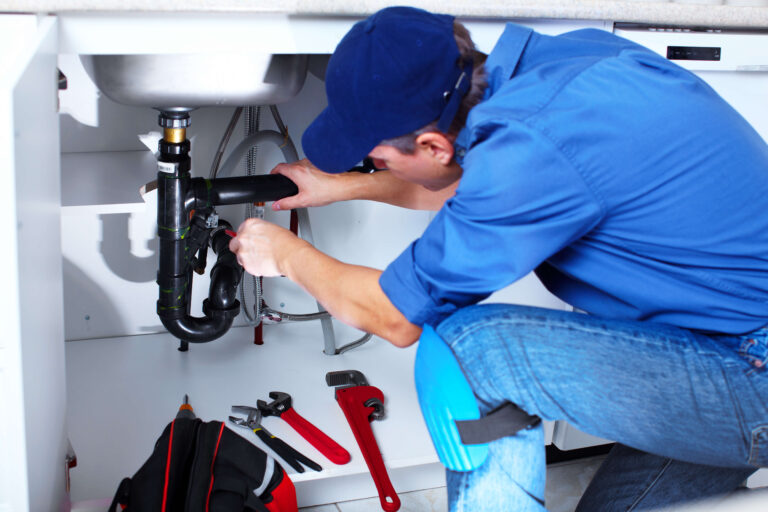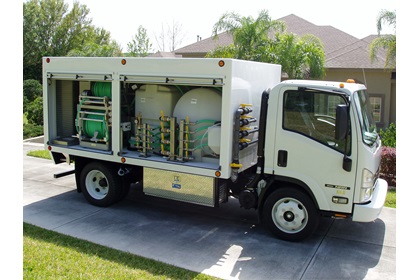How To Estimate Trade In Value For Dump Truck
How To Estimate Trade In Value For Dump Truck cars.truckstrend.com
Estimating the trade-in value of a dump truck is a critical step for any business or individual looking to upgrade their fleet, manage assets, or simply understand the true worth of their heavy equipment. A dump truck represents a significant capital investment, and getting a fair valuation when trading it in can dramatically impact your bottom line, affecting everything from your new purchase financing to your overall operational budget. This comprehensive guide will walk you through the essential factors, practical steps, and expert insights needed to accurately estimate your dump truck’s trade-in value, ensuring you make informed decisions and maximize your return.
The Importance of Accurate Valuation
How To Estimate Trade In Value For Dump Truck
Before diving into the "how-to," it’s crucial to understand why this estimation is so vital. Unlike passenger vehicles, dump trucks operate in demanding environments, accumulate wear differently, and have a specialized market. An accurate trade-in estimate allows you to:
- Budget Effectively: Know precisely how much your current asset contributes to your next purchase.
- Negotiate Confidently: Armed with data, you can counter lowball offers and secure a fair deal.
- Optimize Asset Management: Understand the depreciation rate and optimal time for replacement.
- Avoid Financial Loss: Prevent leaving money on the table due to underestimation.
By the end of this article, you’ll have a robust framework for assessing your dump truck’s worth, turning what might seem like a complex task into a manageable and empowering process.
Understanding the Core Value Drivers
The trade-in value of a dump truck is a dynamic figure influenced by a confluence of factors. Grasping these core drivers is the first step in any accurate estimation.
- Age and Mileage/Hours: This is arguably the most significant depreciation factor. Newer trucks with lower mileage (or engine hours for off-road use) command higher values. Dump trucks are often valued more by engine hours than mileage due to extensive idling or low-speed, high-load work.
- Physical and Mechanical Condition:
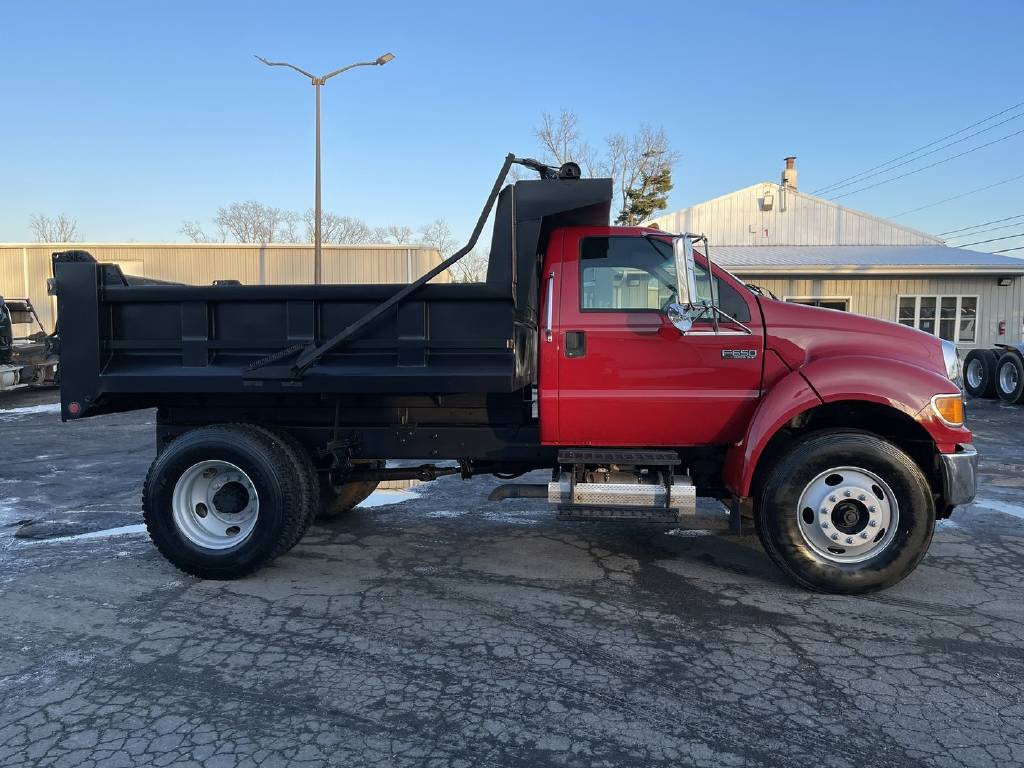
- Engine & Transmission: The health of these primary components is paramount. Look for leaks, unusual noises, smooth shifting, and power output.
- Hydraulics: The dump mechanism’s cylinders, pump, and lines must be in excellent working order.
- Frame & Body: Rust, cracks, bends, and significant dents on the frame or dump bed can severely devalue a truck. Assess the condition of the bed liner (if any) and tailgate.
- Tires: Worn tires will immediately subtract from the trade-in offer, as they represent a significant replacement cost for the dealer.
- Brakes & Suspension: Ensure these safety-critical systems are functioning optimally.
- Interior: While less critical than mechanicals, a clean, well-maintained cab (seats, dashboard, controls, HVAC) reflects overall care.

- Maintenance and Service History: A comprehensive, documented service history is a gold mine. It proves regular maintenance, timely repairs, and proactive care, instilling confidence in potential buyers (or the dealership). This can significantly mitigate concerns about hidden issues.
- Make, Model, and Specifications:
- Reputation: Brands known for reliability (e.g., Peterbilt, Kenworth, Mack, Freightliner, Volvo) often hold their value better.
- Engine Size & Horsepower: Higher horsepower and torque are desirable for heavy hauling.
- Axle Configuration: Tandem, tri-axle, quad-axle, or articulated dump trucks have different market demands and price points. More axles typically mean higher payload capacity and thus potentially higher value for specific applications.
- Bed Material: Steel beds are common, but aluminum beds offer weight savings and can command a premium for certain operations.
- Special Features: PTOs, plows, spreaders, or specialized bodies can add value if they appeal to a broad market.
- Market Demand and Economic Climate:
- Construction Activity: A booming construction industry drives up demand for dump trucks, increasing their value. A downturn can have the opposite effect.
- Fuel Prices: High fuel prices can depress the market for less fuel-efficient models.
- New Truck Availability: Supply chain issues or long lead times for new trucks can sometimes inflate used truck values.
- Geographic Location: Demand and pricing can vary significantly by region. A truck in an area with active mining or road building will likely fetch a better price than one in a stagnant market.
Step-by-Step Guide to Estimating Your Dump Truck’s Trade-In Value
With an understanding of the value drivers, let’s break down the practical steps to arrive at a solid estimate.
Step 1: Gather All Essential Information & Documentation
Before you do anything else, compile a comprehensive dossier on your dump truck.
- VIN (Vehicle Identification Number): Crucial for accurate identification.
- Make, Model, Year: Basic identifiers.
- Engine Hours / Odometer Reading: Exact figures are needed.
- Engine Specifications: Manufacturer, horsepower, torque.
- Transmission Type: Manual/Automatic, number of gears.
- Axle Configuration & GVRW (Gross Vehicle Weight Rating):
- Dump Body Type & Capacity: Material, cubic yardage.
- Service & Maintenance Records: Digital or physical logs.
- List of Any Major Repairs/Upgrades: New engine, transmission rebuild, hydraulic system overhaul, etc.
- Photos: High-quality, clear photos of all angles, interior, engine bay, tires, and any specific features or damage.
Step 2: Conduct a Thorough Self-Assessment of Condition
Be brutally honest. Walk around your truck, inspect every system, and note down its condition using a simple rating system (e.g., Excellent, Good, Fair, Poor).
- Exterior: Look for rust (especially on the frame, bed, and cab), major dents, paint fading, and light functionality.
- Interior: Check seat wear, dash cracks, functionality of gauges, HVAC, radio.
- Engine: Check for leaks, smoke, strange noises. Test starting.
- Transmission: Check for smooth shifts, slipping.
- Hydraulics: Cycle the dump bed up and down. Listen for pump noise, check for cylinder leaks, and ensure smooth operation.
- Tires: Measure tread depth, check for uneven wear, cracks, or damage.
- Brakes: Test stopping power, check for pulling or grinding.
- Suspension: Look for broken springs, worn bushings, or air bag issues.
- Undercarriage: Inspect the frame for cracks, welds, or severe rust.
Step 3: Research Market Comparables
This is where the real data comes in. You need to find what similar trucks are currently selling for.
- Online Marketplaces: Websites like Commercial Truck Trader, TruckPaper, MyLittleSalesman, IronPlanet, and Ritchie Bros. Auctioneers are excellent resources. Filter by make, model, year, mileage/hours, and configuration.
- Dealership Inventories: Check the used truck sections of major dealer websites (e.g., Volvo, Mack, Freightliner, Peterbilt, Kenworth dealers).
- Auction Results: Auction sites often provide past sale results, which can be a good indicator of wholesale value (what a dealer might pay).
- Industry Publications: Some heavy equipment publications provide market reports or pricing guides.
When comparing, look for trucks that match yours as closely as possible in terms of age, mileage/hours, condition, and specifications. Note down asking prices, but remember asking prices are not always selling prices.
Step 4: Consult with Dealers and Appraisers
- Get Multiple Trade-In Offers: Visit several dealerships that sell dump trucks. They will assess your truck and provide a trade-in offer. This gives you a baseline.
- Consider a Professional Appraisal: For high-value trucks or if you’re unsure, a certified equipment appraiser can provide an unbiased, detailed valuation. This service comes at a cost but can be invaluable for negotiation.
Step 5: Factor in Regional and Seasonal Adjustments
- Regional Demand: Is there a lot of construction or aggregate work in your area? High demand can slightly boost your value.
- Seasonality: Construction activity often peaks in warmer months. Selling or trading in during spring or early summer might yield a better price than in the off-season.
Maximizing Your Trade-In Value
Even if your truck isn’t brand new, there are steps you can take to present it in the best possible light and potentially increase your trade-in offer.
- Clean and Detail Thoroughly: A clean truck, inside and out, creates an immediate positive impression. It suggests the truck has been well-cared for. Wash, wax, vacuum, and clean all surfaces.
- Perform Minor Repairs: Fix obvious issues like burnt-out lights, minor fluid leaks, or broken mirrors. These small fixes can prevent a dealer from lowballing due to "reconditioning costs." However, avoid major, expensive repairs unless they directly address a critical functional issue that would render the truck unusable or unsellable. The cost of repair might outweigh the increase in trade-in value.
- Organize All Documentation: Present your service records, maintenance logs, and any repair invoices in a clear, organized folder. This demonstrates transparency and proves the truck’s history.
- Be Transparent About Issues: Don’t try to hide known problems. Dealers will likely find them during their inspection, and it will erode trust. Being upfront can actually build credibility and lead to a more honest negotiation.
- Understand Your "Out-the-Door" Price: When negotiating, focus on the net difference between your new truck’s price and your trade-in, rather than just the trade-in value in isolation. A dealer might offer a lower trade-in but a better discount on the new truck, or vice-versa. Look at the total cost.
Potential Challenges and Solutions
- Hidden Mechanical Issues: A truck might look good but have underlying mechanical problems.
- Solution: Get a pre-trade-in inspection from an independent mechanic. This helps you identify and address issues, or at least be aware of them for negotiation.
- Overestimating Value: Emotional attachment or lack of market research can lead to unrealistic expectations.
- Solution: Rely heavily on market comparables and professional appraisals. Be objective about your truck’s condition.
- Lowball Dealer Offers: Dealers need to make a profit and will factor in reconditioning costs.
- Solution: Don’t accept the first offer. Have your research ready, and be prepared to walk away or negotiate. Consider selling privately if the trade-in offer is too low.
- Market Fluctuations: Economic shifts can rapidly change demand and prices.
- Solution: Stay updated on industry news and economic forecasts, especially if you’re planning a trade-in in the near future.
Illustrative Estimated Trade-In Value Range for Dump Trucks
It’s impossible to give exact prices as values vary greatly based on specific models, regional demand, and exact condition. However, this table provides a conceptual range based on general factors to help you understand how different aspects influence the estimated trade-in value. These figures are illustrative examples only and not definitive market prices.
| Dump Truck Type (Example) | Age (Years) | Mileage/Hours (Approx.) | Condition Rating | Estimated Trade-In Value Range (USD) | Key Considerations for Range |
|---|---|---|---|---|---|
| Tandem Axle Dump | 1-3 | < 100,000 miles / < 3,000 hrs | Excellent | $80,000 – $120,000+ | Like-new, full service history, top brands |
| (e.g., Peterbilt 348) | 4-7 | 100,000-250,000 miles / 3,000-7,000 hrs | Good | $50,000 – $80,000 | Minor wear, good maintenance, reliable |
| 8-12 | 250,000-400,000 miles / 7,000-12,000 hrs | Fair | $30,000 – $50,000 | Visible wear, some repairs needed, older | |
| 12+ | 400,000+ miles / 12,000+ hrs | Poor | $10,000 – $30,000 | Significant wear, potential major repairs | |
| Tri-Axle Dump | 1-3 | < 100,000 miles / < 3,000 hrs | Excellent | $100,000 – $150,000+ | Premium features, high payload capacity |
| (e.g., Kenworth T880) | 4-7 | 100,000-250,000 miles / 3,000-7,000 hrs | Good | $70,000 – $100,000 | Well-maintained, sought-after spec |
| 8-12 | 250,000-400,000 miles / 7,000-12,000 hrs | Fair | $45,000 – $70,000 | Heavier duty, but showing age | |
| 12+ | 400,000+ miles / 12,000+ hrs | Poor | $20,000 – $45,000 | Likely requires significant reconditioning | |
| Articulated Dump Truck | 1-3 | < 3,000 hours | Excellent | $150,000 – $250,000+ | Specialized, high demand for off-road |
| (e.g., Volvo A30G) | 4-7 | 3,000-7,000 hours | Good | $100,000 – $150,000 | Robust, good for demanding sites |
| 8-12 | 7,000-12,000 hours | Fair | $60,000 – $100,000 | Age starts to impact specialized components | |
| 12+ | 12,000+ hours | Poor | $30,000 – $60,000 | Extensive wear, major overhaul likely |
Note: Values can fluctuate based on specific make/model reputation, engine type, transmission, special features (e.g., heated beds, lift axles), regional demand, and overall market conditions. Always conduct thorough research for your specific truck.
Frequently Asked Questions (FAQ)
Q1: Is it always better to sell my dump truck privately than to trade it in?
A1: Not necessarily. While private sales often yield a higher gross price, they come with more hassle (marketing, showing the truck, dealing with potential buyers, paperwork, liability). Trading in offers convenience, a potential sales tax benefit on the new purchase (in some states, you only pay tax on the difference), and immediate cash flow. The "better" option depends on your priority: maximum profit vs. convenience and time.
Q2: How much does a comprehensive maintenance history really affect the trade-in value?
A2: Significantly. A well-documented maintenance history can add thousands to your trade-in value. It demonstrates that the truck has been cared for, reducing the perceived risk for the dealer and future buyer. It proves regular oil changes, filter replacements, and timely repairs, indicating a lower chance of unexpected breakdowns.
Q3: Do custom modifications or aftermarket additions increase my dump truck’s trade-in value?
A3: It depends. If the modification (e.g., a high-quality snowplow setup, a specialized bed liner, or upgraded lighting) adds functionality that is widely desirable in the market, it can increase value. However, highly specialized or non-standard modifications might appeal to a smaller market, potentially limiting value or even requiring removal. Generally, only factory-approved or universally beneficial additions add significant value.
Q4: How important is rust on the frame or bed when estimating trade-in value?
A4: Extremely important. Rust, especially structural rust on the frame or significant corrosion on the dump bed, can drastically reduce value. It indicates structural integrity issues, safety concerns, and costly repairs. Surface rust is less critical but still detracts; deep, pitting rust is a major red flag.
Q5: Are online dump truck value estimators accurate?
A5: Online estimators can provide a rough starting point, but they are often less accurate for heavy equipment than for passenger vehicles. They rely on broad averages and may not account for the specific condition, unique features, or highly localized market demand for your particular dump truck. Always use them as a preliminary guide and supplement with thorough manual research and dealer quotes.
Q6: Should I get multiple appraisals or trade-in offers?
A6: Absolutely. Getting offers from several dealerships and, if feasible, an independent appraisal, provides a range of valuations. This multi-pronged approach gives you the most accurate understanding of your truck’s market value and strengthens your negotiation position.
Conclusion
Estimating the trade-in value of your dump truck doesn’t have to be a guessing game. By understanding the key value drivers, diligently following a structured assessment process, and leveraging market research, you can arrive at a realistic and defensible valuation. Remember to be objective about your truck’s condition, gather all necessary documentation, and always seek multiple opinions. Armed with this knowledge, you’ll be well-prepared to negotiate confidently, ensure you receive a fair return on your investment, and smoothly transition to your next piece of essential heavy equipment. Your dump truck is a valuable asset; treat its trade-in process with the diligence it deserves.
